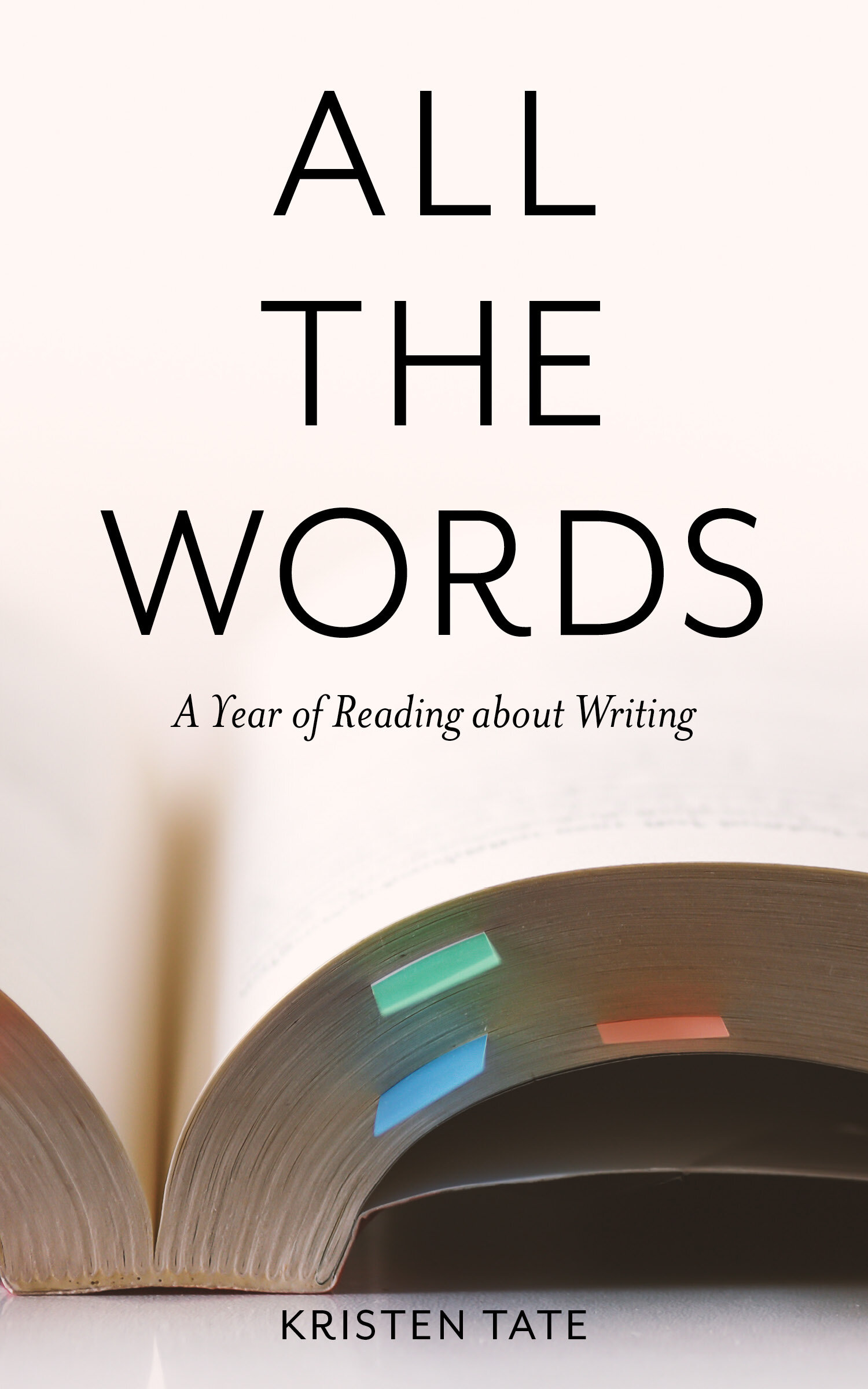Write Your Novel From The Middle, by James Scott Bell
This is part of a series of weekly reviews of writing craft books written in 2019, later revised and collected in Kristen’s book All the Words: A Year of Reading About Writing. Read the first chapter or buy the book in our Shop.
It is week twenty-nine of 2019. How’s the writing going? Here at the garret, I was deep in the midst of two different copyediting projects, happily polishing sentences, looking up words in Merriam-Webster, confirming facts on Google, and checking rules in the Chicago Manual of Style (ranch hand, not ranch-hand; Michael Jackson’s ranch is indeed called Neverland; a last name with a de prefix is capitalized only when it begins a sentence) until I inadvertently broke all of my macros in MS Word.
Macros are handy little pieces of code that allow me to highlight a word or phrase in my document and, with one keystroke, query it in Merriam-Webster or Google or send it to the term list of the book’s style sheet. I spent a few minutes trying to limp along without them, then another few minutes cursing, before I took a deep breath and went through the process to reinstall them and tweak them for my preferences. It was a good reminder of how much I value these little tools, and how glad I am that I learned the basics of how to work with them well enough that I could restore them without too much angst. (If you are an editor and want to know more, get thee to Paul Beverley’s site or to Adrienne Montgomerie’sMacros without Tears course. Bonus hint: You can change the URL of Paul’s Google Fetch macro to create a Merriam-Webster macro.)
Lesson: take a moment to appreciate the tools you depend on for your writing. Make sure you have backups and know how to use them so that whenever you encounter the inevitable technological hiccup, you won’t be crippled.
Now, on to this week’s book, Write Your Novel From The Middle: A New Approach for Plotters, Pantsers and Everyone in Between by James Scott Bell. This pithy little book will cost you four dollars and an hour of your time, and I think it’s well worth the investment. Bell, a thriller author and writing instructor, offers up a new way of thinking about the familiar three-act structure.
He has two key insights: First, plot structure is like a suspension bridge, anchored by the initial problem the main character must confront at one end of the bridge and by the climactic battle (literal or metaphorical) at the other end. Second, there is a “Mirror Moment” at the midpoint of the plot:
“At this point in the story, the character looks at himself. He takes stock of where he is in the conflict and—depending on the type of story—has either of two basic thoughts. In a character-driven story, he looks at himself and wonders what kind of person he is. What is he becoming? If he continues the fight of Act II, how will he be different? What will he have to do to overcome his inner challenges? How will he have to change in order to battle successfully? The second type of look is more for plot-driven fiction. It’s where the character looks at himself and considers the odds against him. At this point the forces seem so vast that there is virtually no way to go on and not face certain death. That death can be physical, professional, or psychological.”
Bell goes on to argue that if you start by crafting the Mirror Moment, it will help you work out both what comes before it and what must come after it. How did this character get into this position? And how will they get out? What is the backstory that made this character who they are? And what is the transformation this character will have to undergo to resolve the story?
As Bell points out, zeroing in on this moment can work for all writers: “The nice thing is you can explore this moment at any time in your writing process. You can play with it, tweak it. Whether you are a plotter or pantser, just thinking about what the ‘look in the mirror’ might reveal will help you bring depth and cohesion to your novel.” He also provides specific guidance on how this method could work for different kinds of writing processes.
One of my favorite aspects of the book is that we get to see an experienced novelist and teacher going right to the source – stories – and coming back to tell us what he has found. He was curious about what a midpoint was and how it fit into the three-act structure, and so he opened up his favorite novels and cued up his favorite films at the middle and then analyzed what he found. At the end of the book, he also takes us on a tour of a brilliantly executed but little-known 1950s noir novel to show us how it works.
These methods are available to you too! Spend a weekend poking around on your shelves and analyzing your favorite novels. They aren’t made from magic; they are made from words. With time, attention, and effort, you can learn how the masters use these tools and bring those lessons to your own work.
Here’s to understanding your tools, y’all,
Kristen
Check out our Resources page for more in-depth articles on writing, revising, polishing, and publishing your novel. Sign up for our weekly newsletter for fresh content, and you’ll also get our free PDF with recommended reading for writers!


